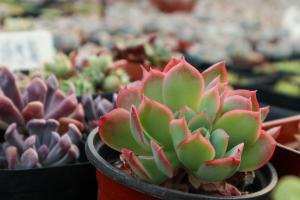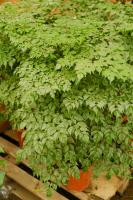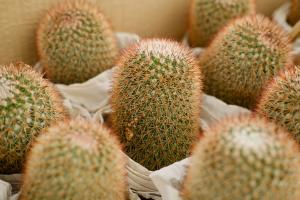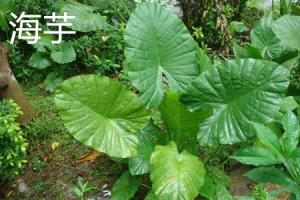Can Stunted Tomato Plants Recover from Cold?
Tomatoes are a popular and versatile plant, used for cooking, decoration, and even just snacking. However, growing tomatoes can sometimes be a challenge, especially in areas with cold weather. Cold temperatures can cause tomato plants to become stunted, or to grow much slower than expected, which can be frustrating for gardeners. In this article, we will explore whether stunted tomato plants can recover from cold and what can be done to help them thrive.
Causes of Stunted Tomato Plants
Stunted tomato plants can have many causes, including poor soil, lack of nutrients, pests, diseases, and unfavorable weather conditions. However, one of the most common causes of stunted tomato plants is cold weather. Cold temperatures can cause the plant to slow down or even stop growing, leading to a smaller plant size and less fruit production.
Can Stunted Tomato Plants Recover?
The good news is that stunted tomato plants can recover from cold, but it may take some time and effort. The extent of the damage caused by cold depends on how long the plant was exposed to low temperatures and how cold it got. In mild cases, the plant may only suffer from a temporary setback and return to normal growth when the weather warms up. In severe cases, the plant may die or require more intensive care to recover fully.
How to Help Stunted Tomato Plants Recover
If you have stunted tomato plants in your garden, there are several things you can do to help them recover. The first step is to identify the cause of the stunted growth and take action to address it. For example, if the soil is poor or lacks nutrients, you can add compost, fertilizer or other soil amendments to improve its structure and fertility. If the plants are suffering from pests or diseases, you can use organic or chemical treatments to control them.
Another important step in helping stunted tomato plants recover is to provide them with optimal growing conditions. This includes providing them with enough water, sunlight, and warmth. Water your plants deeply and regularly, especially during dry spells or hot weather. Make sure they are getting at least six hours of direct sunlight per day, preferably in the morning or afternoon. Protect them from extreme temperatures, whether hot or cold, by covering them with shade cloth or row covers as needed.
Finally, you can also provide some extra support for your stunted tomato plants by pruning them and providing them with additional nutrients. Pruning helps to promote growth and can remove any dead or diseased parts of the plant. Providing extra nutrients, such as a balanced fertilizer or organic amendments, can also help to stimulate growth and improve the plant's overall health.
Conclusion
Stunted tomato plants can be frustrating for gardeners, but they are not necessarily doomed. With patience and care, these plants can recover from cold and grow into healthy and productive plants. Remember to provide them with optimal growing conditions, address any underlying problems, and provide them with extra support as needed. By doing so, you can help your tomato plants thrive and produce a bountiful harvest.

 how many times do yo...
how many times do yo... how many planted tre...
how many planted tre... how many pine trees ...
how many pine trees ... how many pecan trees...
how many pecan trees... how many plants comp...
how many plants comp... how many plants can ...
how many plants can ... how many plants and ...
how many plants and ... how many pepper plan...
how many pepper plan...






























